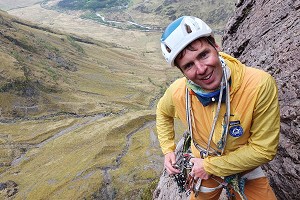
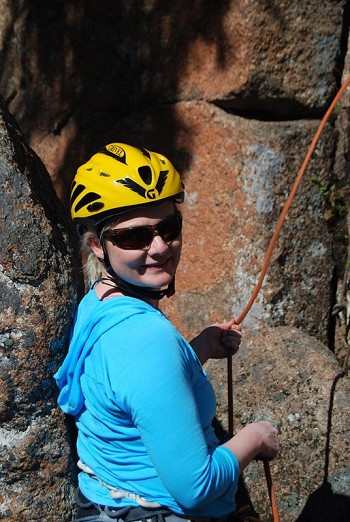
The El Cap is a hybrid style, a hard plastic shell but with foam inside that provides the protection against impacts, rather than the older suspended cradle style. The other three are all EPS helmets. Cradle style helmets are still available, the Petzl Ecrin Roc and Edelrid Ultralight for example, but are becoming less popular amongst recreational climbers mainly due to being heavier and sitting higher on the head than EPS and hybrids.
The major problem with helmet reviewing is that a helmet's ultimate role is to protect your head from dangerous impact, be that rocks falling from above or you falling or swinging against the cliff. I'm afraid I, and probably most other reviewers, are unwilling to have someone drop half bricks on me from an upper floor window, or to take a swan dive onto boulders to test these most fundamental role of the helmet. I can tell you about the sizing, comfort, ventilation and such. But I can't tell you what it will be like wearing one when that rope catches your foot and inverts you as you take a big fall, or when that rock or chunk of ice scythes down from above. For that we need to trust in, firstly, the standards (either the EN or the slightly better UIAA standard) that set the level of protection for all legally sold helmets. Secondly, we need to trust the manufacturers to produce helmets that consistently perform to those standards. Of these two issues, I feel the second isn't an issue but a more complex question is the first. To what extent should we put our faith in the UIAA and EN helmet standards?
"I'm unwilling to have someone drop half bricks on me from an upper floor window to test the most fundamental role of the helmet..."
This requires a little bit of mental effort on the user's part in understanding how helmets work and what the standards test. This has been made considerably easier by the sterling work done by the BMC once again with their recently published pamphlet on helmets and this accompanying video:
Download the BMC Helmet Guide here
What is important to understand is that UIAA 106 and EN12492 both mainly focus on protecting the helmet wearer from things falling from above. Hence the top and crown of the head has the maximum protection. But for majority of us climbing in the UK, being struck by something falling from above is probably a secondary consideration to the danger of hitting our heads in a fall, either against the ground or the cliff in a swinging or inverted lead fall. The standards do now require 'off-axis' protection, i.e. your forehead, but this is at a considerably lower level than is expected for the top of the head. So overall, the current safety standards for climbing helmets are more suited for alpine or ice climbers worried about things hitting them from above. Of course manufacturers can and do think about designing helmets that offer protection in such fall situations but that is not what the helmet is tested on and if you were focusing on, for example, lightweight and 'wearability' you would aim for the least weight and most comfort whilst passing the UIAA standard, probably to the detriment to side, back or front impact protection. This is particularly the case with both cradle and hybrid style helmets.
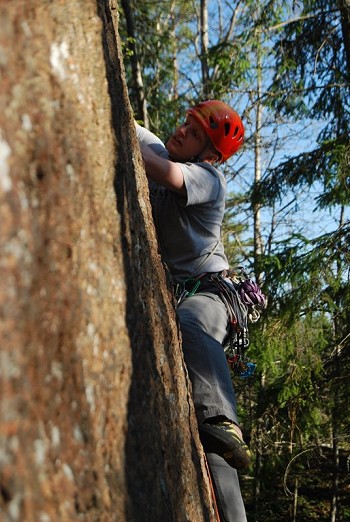
I believe this again leads to the potential helmet user needing to take the initiative in understanding how the different styles of helmets work and therefore what might be best for them. I've worn helmets ever since I started climbing over twenty years ago and have owned various different types over the years, but have for a long time used two different models; Petzl Meteors for summer (I had the original from the late 90s replacing it with the new model about 6 years ago), and then a 'hard shell' for winter when I am mainly ice climbing (for many years a Snowdon Mouldings kevlar cradle style but for the last seven winters, a Petzl Elios hybrid helmet). I knew that EPS helmets are less suitable in situations where you might be struck a number of times (ice climbing), but I liked their light weight and good ventilation in the summer.
Beyond that, I never put much thought into it; if I didn't have my Meteor with me in summer, I'd happily use a hybrid helmet instead, thinking nothing of it. So for me, the most stark revelation from the BMC's work, is the rather limited protection hybrid helmets offer around the brim where you are likely to need it in a fall. Indeed Dan Middleton at the BMC notes that he knows of just two hybrid helmets that try to address this, by extending the the foam lower than is the norm, the Wild Country 360 and the now sadly unavailable Metolius Safetech. The 360 is easily available, pretty cheap and UKC's Jack reviewed it very favourably (see this review: Wild Country 360 Helmet), so kudos to Wild Country for thinking beyond norms set by the safety standards.
For me, the takeaway from this is that I was inadvertently doing the right thing already. In EPS lids the foam IS the helmet, so it of course extends as far down the head as the helmet does. This will give the wearer more protection in falls if they were to impact the front, side or back of their head. The majority of my climbing from spring to autumn, is single-pitch cragging - sport and trad - on relatively solid cliffs. Banging my head in a fall is more likely than being hit by something from above, and a foam helmet will offer better protection in this than a hybrid. In winter, I'll go back to wearing a hybrid - they are a bit tougher for being stuffed into your bag whilst walking in to mountain cliffs and can resist more strikes from above.
"The most important thing is to understand how different helmets work, what the standards test, and then decide for yourself."
Of course some people will not be able to afford the luxury of two different helmets, and will need to decide what compromise is best for them. Mainly a single pitch cragger doing tough trad routes where you do take falls but who goes to Scotland for week in February? Get a foam helmet. Live in Scotland and spend most of your weekends in the Highlands summer and winter, with just the occasional jaunt down to Northumberland or gritstone? A hybrid might be the sensible choice. The most important thing is to understand how different helmets work, what the standards test, and then decide for yourself.
The Helmets Tested:

© Grivel 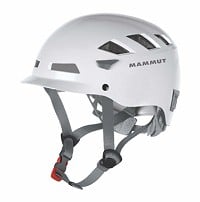
© Mammut |
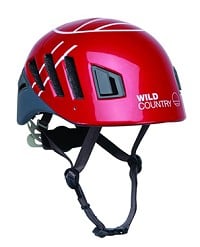
© Wild Country 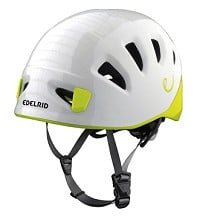
© Edelrid |
Edelrid Shield IIWeight: 248g / 274gSize: 48-56cm / 52-62cm £70 More info on the Edelrid website
Mammut El CapWeight: 350gSize: 52-57cm / 56-61cm RRP: £60 More info on the Mammut website
Grivel Air TechWeight: 285gSize: 55-60cm RRP: £80 More info on the Grivel website
Wild Country Rock LiteWeight: 260gSize: 53-61cm Price: £65 More info on the Wild Country website |
Head Size and Shape
A final important factor true of all helmets, is it needs to fit well. When doing the testing, one climber who was trying one of the models for me told me about an 18 metre, inverted, gear ripping fall she took where she hit her head. She was firmly of the opinion that her helmet saved her life but because it was a bit too big for her, the impact to the back of head drove the helmet forward and downwards where the brim shattered her eye socket. Not nice, although perhaps still better than the alternative. So no matter what helmet I say is great, if it doesn't fit you well, it's not the right one for you. Heads do come in different shapes. Mine seems to be a bit oval meaning some rounder helmets push on the front and back of my head but can move side to side, the Airtech and the Rock Lite did this on my head. Of the those tested I liked the Edelrid most purely because it fitted well, but friends presumably with rounder heads found it too tight. So it seems that if you have a more round head, the Grivel or Wild Country might be good to try. Manufacturers don't say what shape they make helmets for, so really you have to try them on to see what they feel like. Of those tested only the El Cap and Shield II have size choices, if the Rock Lite or Airtech don't feel right on your head, there is no alternative size to try. I have a pretty big hat size, so always take larger sizes when available, so it is worth noting that the El Cap is REALLY big, definitely one to try if you have had trouble find a big enough helmet in the past.
Fit and Adjustment
All four felt comfortable enough on the head with the straps and rear clicky-systems doing their thing. The dial fit cradle on Shield II is the most substantial and felt the easiest to use, it also comes down lower on the back your head as well possibly offering more protection in a glancing blow. The El Cap doesn't use a dial so is flatter and lower profile at the back. The Airtech has the simplest strap arrangement, basically just webbing attached to the helmet at three points like the old model Meteors. On the other models the straps tend to be integrated with the cradle in some way. For me, I think Edelrid's system creates the best fit but the downside of this is that cradle doesn't fold as neatly into the back of the helmet for transport as the El Cap and Airtech do (as does the Petzl Meteor). Indeed if you try to push the Shield's cradle into the helmet for storage it bends one part of the cradles plastic straps in a way that looks like it could stress the material. The Rock Lite's cradle folds neatly only away if you un-velcro some of the lining.
Chin Straps
Mammut, Edelrid and Wild Country have used a separate piece of webbing to go under the chin from the rest of the strapping. This make them much easier to adjust than the doubled webbing style chinstrap that the Airtech shares with many cycle helmets. I find the chinstraps on both my Petzl helmets can rub my neck over a day enough to break the the skin. All the tested models have softer webbing than my Petzls do (although of course it might harden with age) and none of them rubbed. Grivel and Wild Country add a wrap-around softener which is nice, the Rock Lite's being particularly nice. These are great as long as you don't need to adjust the helmet; I've lost one in the past when swapping a helmet around between kids I was taking climbing. Inside, the Rock Lite has the nicest, plush lining of Coolmax. It's sturdily attached with lots of velcro, but can be removed for washing. Edelrid provides a spare set of pads with the Shield II which is nice touch.
Ventilation
In terms of ventilation the hybrid El Cap was not as good as the EPS helmets, but has more ventilation holes than the Petzl Elios. All the foam helmets were pretty good in this regard, although the Grivel was clearly the best - it really is a lot like bike lid - and the only helmet I've used with better ventilation than my Petzl Meteor.
Headtorch Attachment
All the helmets have clips for headtorches with the Rock Lite's being by far the easiest to use. The front ones on the El Cap are tiny which seemed a bit odd for a helmet from Switzerland, nevertheless having put a torch on it, no amount of shaking it would dislodge it. Unfortunately, due to a complex chain of unfortunate events too dull to go into, the Airtech ended up in a different country to me before I had chance to try putting a headtorch on it! But the clear consensus of owners polled in the forum is that its clips are pretty hopeless for holding a torch, making this a negative against using the helmet for alpine/winter.
Summary
So, is it possible to draw conclusions on these helmets in the light of the earlier discussion? All are fine, but understanding now more about how the design of helmets has to follow the testing standards, I'm less convinced that hybrids are the all-rounder's answer. The El Cap is decent lid and its little peak just makes it look different and cool. I will be wearing it this winter for ice climbing. But now understanding the lack of protection around brim inherent in (almost all) hybrid designs, the idea of taking a swinging leader fall - on bolts or trad gear - is less appealing in such helmets. I spend three quarters of my year rock climbing, and I'm going to carry on wearing a foam lid when I do. The Rock Lite sent to me to review now has a bunch of scratches on its over my right temple from last weekend. I'm not sure if they got there whilst I was chicken wing-grovelling up a local offwidth, or when I missed the crux foothold that should have allowed me to escape its evil clutches and instead pin-balled 10 foot back down the bomb-bay chimney at the back of which this cruel crack lurks. Bruised and exhausted, this drove home the point that having a centimetre of foam between the side of my skull and the rock is preferable to just a couple of millimetres of hard plastic. Of the foam lids, I liked the Edelrid best, in part because of the Germanic engineering of its back cradle, but mainly just because it fitted me well. The Grivel is great to wear, super low profile, wonderfully light and very well ventilated, but its design is showing its age: I think the strapping and size adjustment could be refined, as could it's torch clips. The Rock Lite doesn't fit my head perfectly, but if it fits you there's not much to dislike about it. It has already done its job for me in leader fall and you can't ask more of a helmet than that.
About Toby Archer
Toby is based in Finland. He describes himself as: "a writer and researcher specialising in international security politics; finally no longer a PhD student; hopeless but enthusiastic climber; part-time gear reviewer; keen multi-role cyclist; idealist and cynic"
Climbing keeps him from getting too depressed about politics. He blogs about both at:
Light from the North - chilled thoughts from the top of Europe.

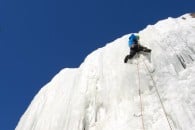

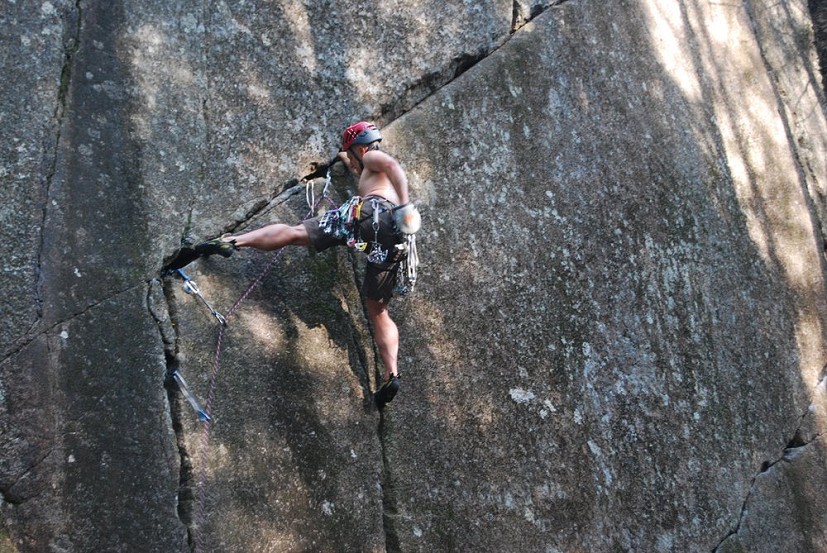
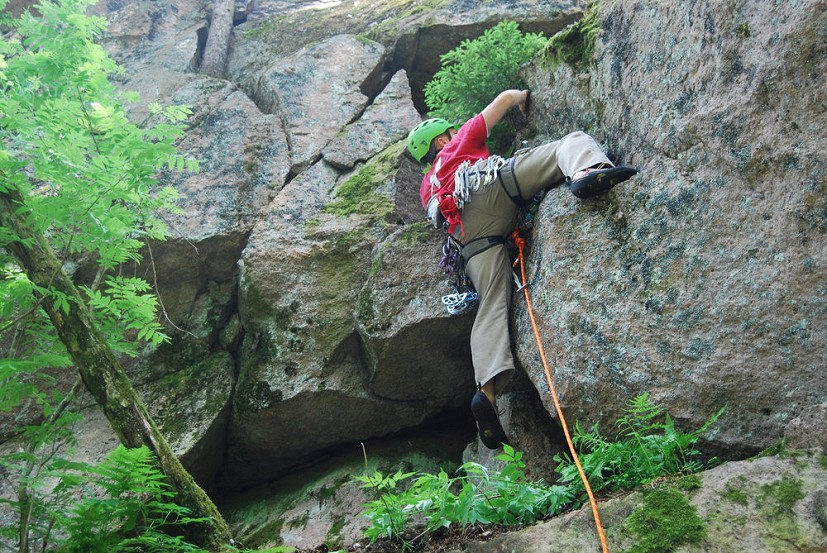
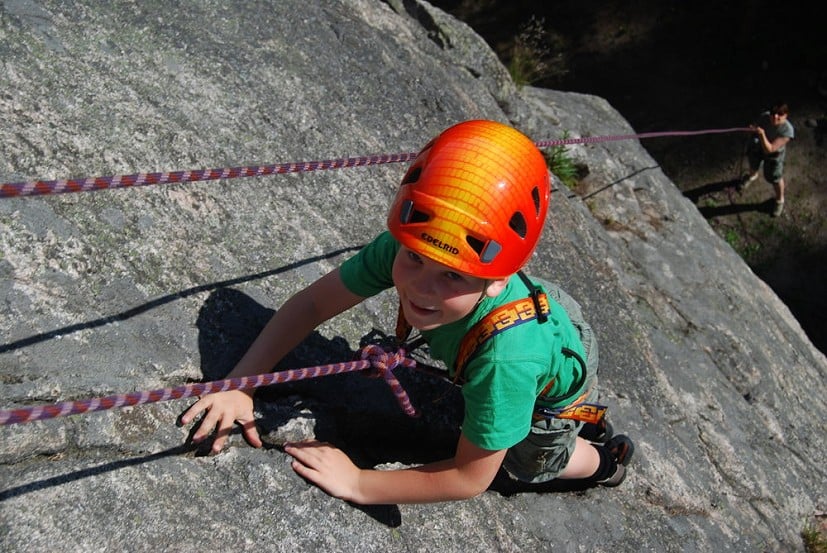
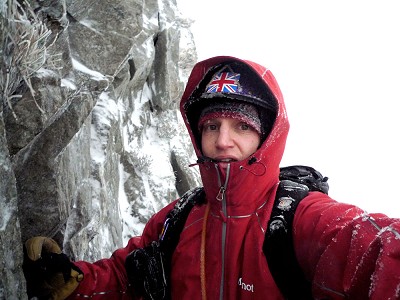
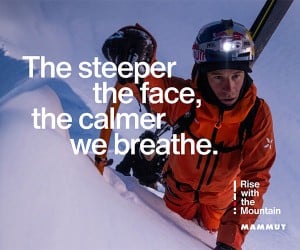

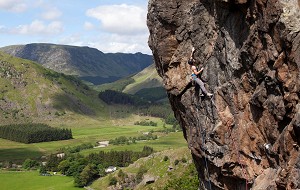
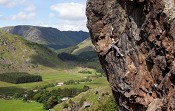
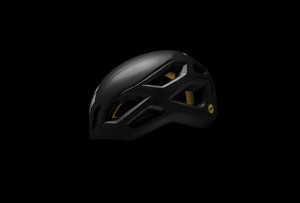
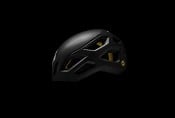
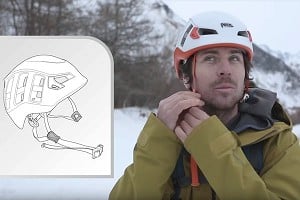
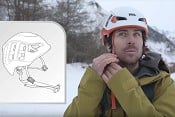
Comments